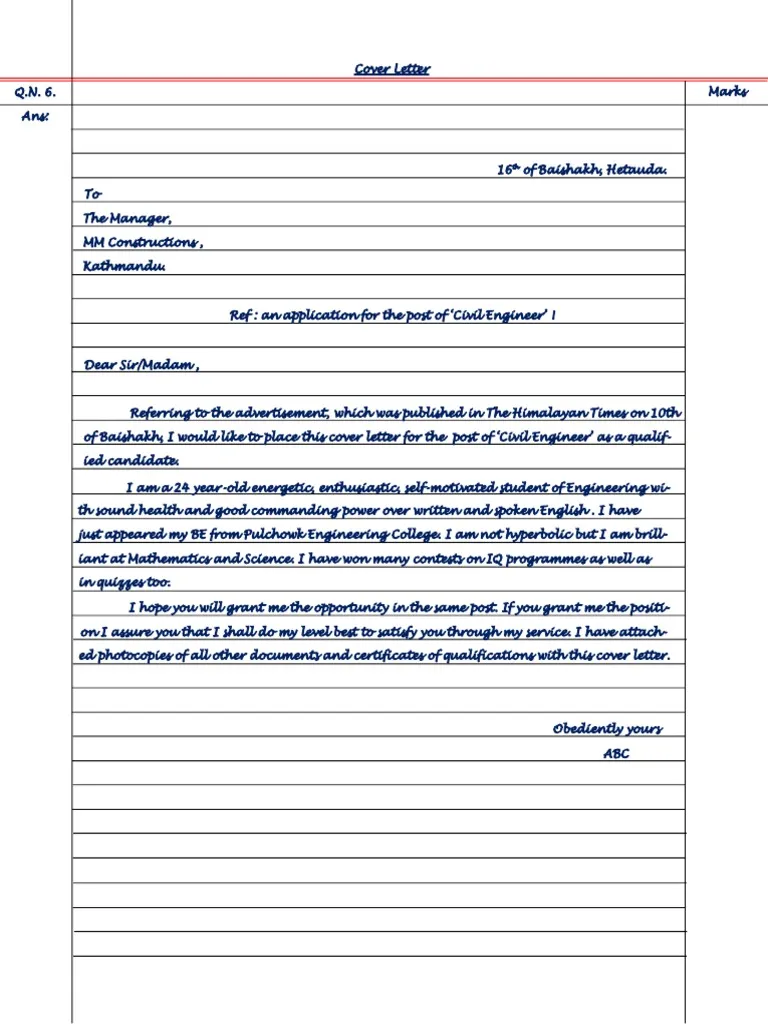What is a Cover Letter
A cover letter is a crucial document that accompanies your resume when applying for a job. It serves as your introduction to the hiring manager, providing a personalized overview of your qualifications, skills, and experiences. Think of it as your opportunity to make a strong first impression and persuade the employer that you are the ideal candidate for the position. The cover letter expands on the information in your resume, offering context and demonstrating your enthusiasm for the role and the company. A well-crafted cover letter can significantly increase your chances of getting an interview, while a poorly written one can lead to your application being overlooked.
Cover Letter Purpose
The primary purpose of a cover letter is to introduce you and your qualifications to a potential employer. It provides a platform to elaborate on your resume, highlight relevant skills and experiences, and express your interest in the specific job opening. The cover letter also allows you to showcase your personality and writing skills, demonstrating your ability to communicate effectively. By tailoring the letter to each specific job and company, you can demonstrate your genuine interest and make a compelling case for why you are a great fit for the role.
Why is a Cover Letter Important

A cover letter is incredibly important because it provides context to your resume, which is often a more factual and concise document. It enables you to explain your career goals, demonstrate your passion for the role, and explain any gaps or unusual aspects of your work history. Furthermore, a well-written cover letter shows that you have taken the time to research the company and the position, indicating your genuine interest. Many hiring managers consider cover letters essential in evaluating candidates, as it offers insights into your communication skills, attention to detail, and overall fit within the company culture. Not including a cover letter can signal a lack of effort and may result in your application being disregarded.
Essential Components of a Cover Letter
Contact Information
At the top of your cover letter, include your contact information. This should include your full name, phone number, email address, and optionally, your LinkedIn profile URL. Ensure your contact information is accurate and up-to-date. Additionally, include the date and the hiring manager’s name (if known), along with the company’s address. This section is essential for enabling the hiring manager to easily reach you and demonstrates your professionalism and attention to detail.
Salutation
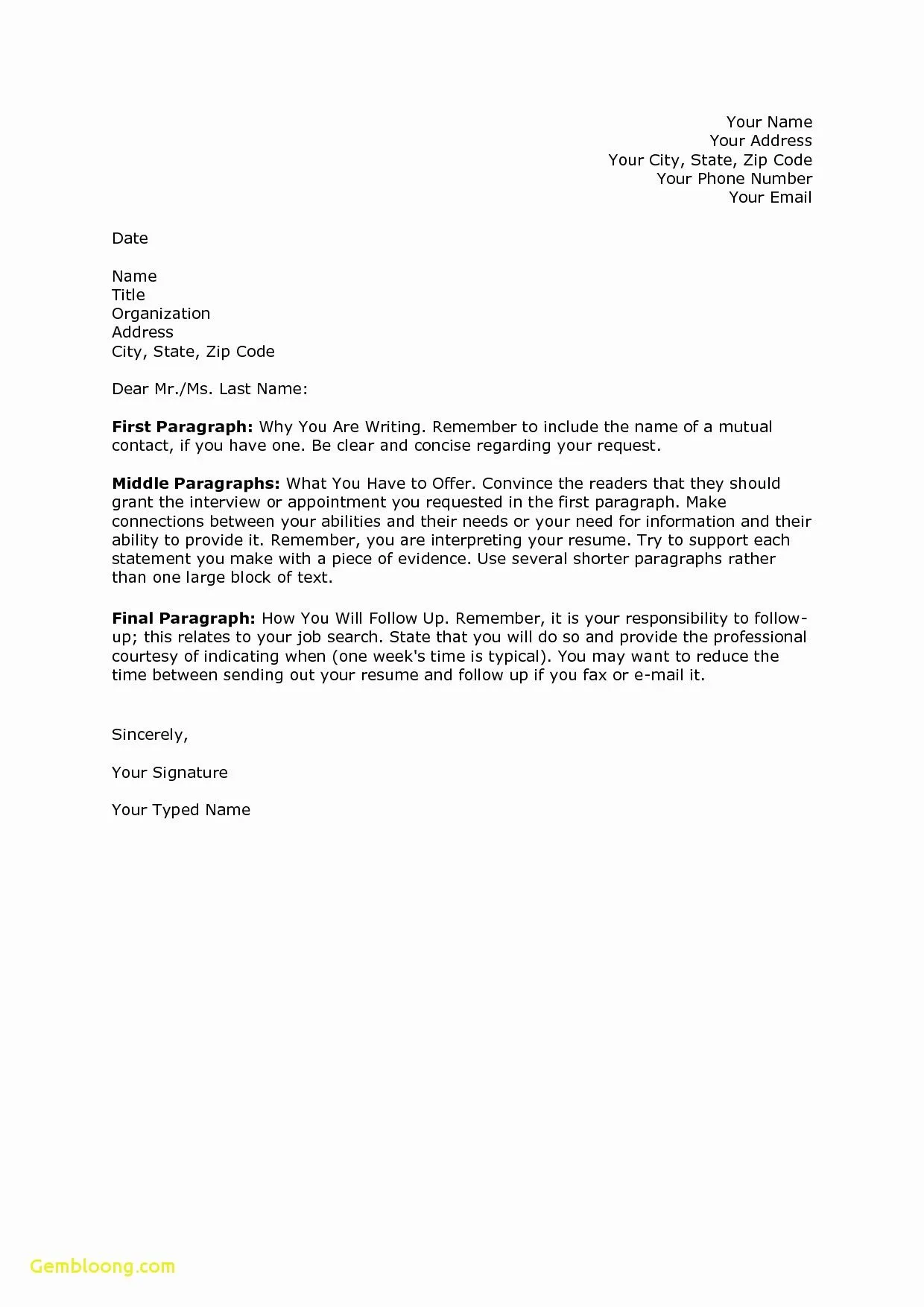
Start your cover letter with a professional salutation. Ideally, address the hiring manager by name (e.g., ‘Dear Mr. Smith’). If you are unable to find the hiring manager’s name, use a general salutation like ‘Dear Hiring Manager’ or ‘Dear [Department Name] Team’. Avoid using overly informal salutations, such as ‘Hi’ or ‘Hello,’ as they may not be appropriate for all corporate cultures. Researching the company and identifying the appropriate person to address is a good practice that shows initiative.
Opening Paragraph
Your opening paragraph should immediately grab the reader’s attention. State the position you are applying for and where you found the job posting. Briefly mention why you are interested in the role and the company. You should also include a brief statement about your most relevant qualification. This opening paragraph should be concise and engaging, setting the tone for the rest of the cover letter and encouraging the hiring manager to continue reading.
Body Paragraphs
The body paragraphs are the core of your cover letter. Here, you should elaborate on your qualifications and experiences, highlighting how they align with the job requirements. Provide specific examples of your achievements, using the STAR method (Situation, Task, Action, Result) to showcase your skills and demonstrate your value. Focus on the skills and experiences that are most relevant to the role, tailoring your letter to match the job description. It is recommended to have at least two to three body paragraphs.
Skills and Qualifications
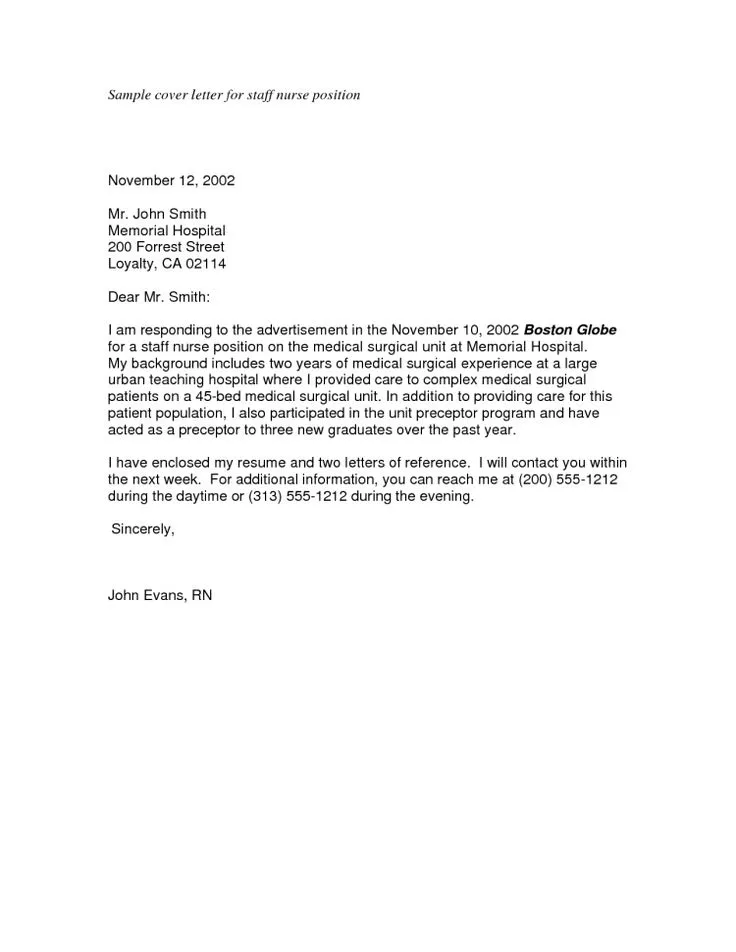
In your body paragraphs, emphasize the skills and qualifications that directly relate to the job requirements. Highlight both hard skills (technical skills) and soft skills (interpersonal skills) that are essential for the position. Provide evidence of how you have used these skills in the past and what results you achieved. Quantify your accomplishments whenever possible, using data and metrics to demonstrate your impact. This section will demonstrate your suitability for the role.
Experience and Achievements
Describe your relevant work experience and accomplishments in detail. Focus on what you achieved in previous roles and how you contributed to the success of your previous employers. Use action verbs to showcase your responsibilities and achievements. Provide specific examples of projects or tasks where you excelled, and quantify your results whenever possible. This section should showcase the value you can bring to the company.
Closing Paragraph
In the closing paragraph, reiterate your interest in the position and the company. Summarize your key qualifications and why you are a good fit for the role. Express your enthusiasm and reiterate your appreciation for the opportunity to be considered. Keep this section brief and impactful, leaving the reader with a positive impression and encouraging them to consider your application.
Call to Action
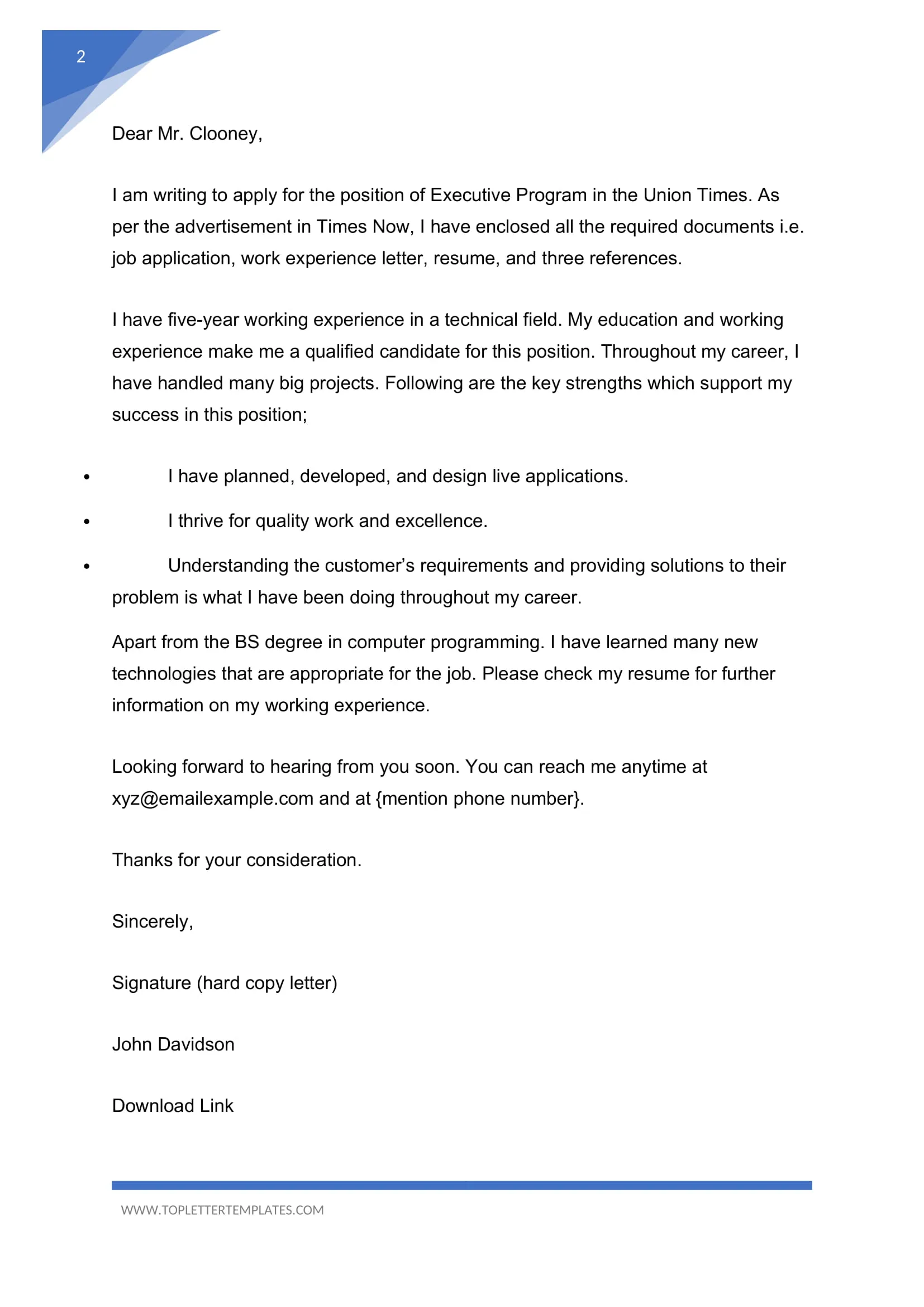
Include a call to action in your closing paragraph. Clearly state your desire to interview for the position and indicate your availability. You might also thank the hiring manager for their time and consideration. This demonstrates your proactive approach and eagerness to move forward in the hiring process.
Formal Closing
End your cover letter with a formal closing, such as ‘Sincerely,’ ‘Best regards,’ or ‘Thank you’. Follow this with your full name and your signature (if submitting a printed copy). Your closing should be professional and respectful. This final touch reinforces the professionalism you’ve demonstrated throughout your cover letter.
Formatting and Structure of a Cover Letter
Font and Style
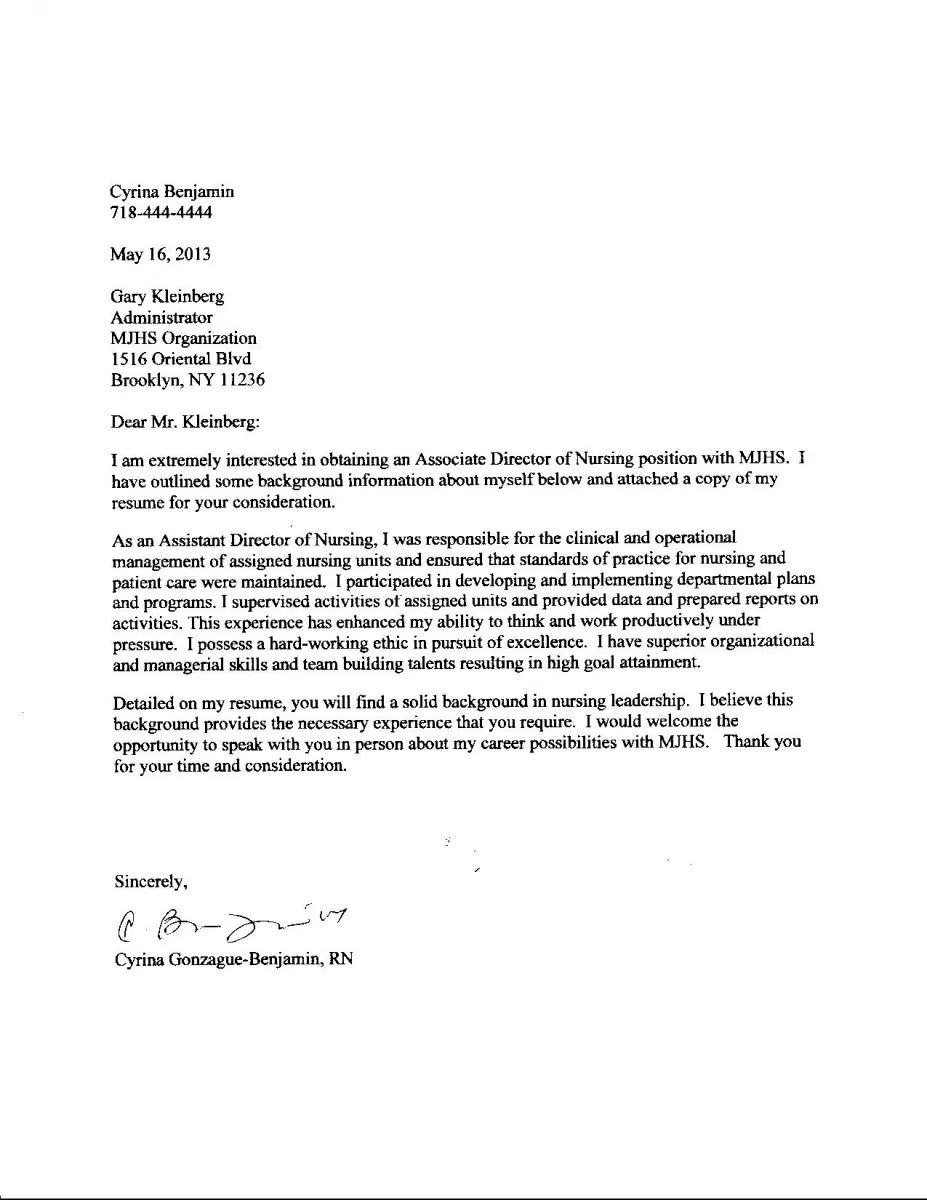
Choose a professional and easy-to-read font, such as Times New Roman, Arial, or Calibri. Maintain a consistent font size (usually 11 or 12 points) throughout the document. Use clear formatting with consistent spacing and margins. Ensure that your cover letter is visually appealing and easy for the reader to scan. Choose a font style that reflects professionalism and avoids excessive ornamentation.
Length
Keep your cover letter concise and to the point. Aim for one page in length, making every word count. Ensure you effectively convey your skills and enthusiasm without being overly verbose. Use concise sentences and paragraphs. A well-written, one-page cover letter is more likely to be read in its entirety. Avoid including irrelevant information to maximize your impact and maintain the reader’s interest.
Proofreading and Editing
Thoroughly proofread and edit your cover letter before submitting it. Check for spelling, grammar, punctuation, and formatting errors. It is recommended to have another person review your letter to catch any mistakes you may have missed. A polished and error-free cover letter demonstrates your attention to detail and professionalism. Errors can undermine your credibility and diminish the impact of your application. Always spell-check and proofread several times.
Writing Tips for a Compelling Cover Letter

Tailoring Your Cover Letter
Customize your cover letter for each job application. Read the job description carefully and tailor your letter to match the specific requirements, skills, and keywords mentioned. Show how your skills and experiences align with the company’s needs and the role’s responsibilities. This personalization demonstrates your interest and initiative, increasing your chances of success. Generic cover letters often get rejected, so take the time to customize each one.
Using Keywords
Incorporate relevant keywords from the job description into your cover letter. Use these keywords naturally to highlight your skills and qualifications. This ensures that your application will be picked up by applicant tracking systems (ATS) and emphasizes your suitability for the role. Avoid keyword stuffing, as it can make your letter sound unnatural and less appealing to human readers.
Highlighting Achievements
Focus on your achievements rather than just listing your responsibilities. Use the STAR method (Situation, Task, Action, Result) to showcase your skills and quantify your accomplishments. For example, instead of saying ‘Managed social media accounts,’ say ‘Increased social media engagement by 30% through targeted content strategies.’ Highlighting your achievements will make your cover letter stand out from the competition.
Common Mistakes to Avoid
Typos and Grammatical Errors
Typos and grammatical errors can make a bad impression on the hiring manager, indicating a lack of attention to detail. Always proofread your cover letter carefully and use spell-check and grammar-check tools. It is also a good idea to have a friend or family member review your letter before submitting it. Errors can make you look unprofessional and significantly reduce your chances of getting an interview.
Generic Letters
Avoid sending generic cover letters that can be used for any job. Tailor your letter to the specific job and company, and demonstrate your genuine interest. Use the company’s name and the hiring manager’s name (if available), and personalize your letter to reflect the requirements of the role. Generic letters show a lack of effort and are unlikely to make a positive impression.
Lying or Exaggerating
Do not lie or exaggerate your qualifications or experiences. Be honest and accurate in your descriptions. If your application progresses to an interview, the hiring manager may ask questions to verify the information in your cover letter and resume. Dishonesty can lead to the immediate disqualification of your application and damage your reputation. Be truthful and focus on highlighting your genuine skills and achievements.
Cover Letter Examples and Templates
Numerous cover letter examples and templates are available online, providing guidance and inspiration for crafting your own. These resources can help you structure your letter and understand how to effectively highlight your skills and experiences. However, customize these templates to reflect your unique qualifications and the specific job you are applying for. Using templates as a starting point can save you time and provide a framework, but personalization is key to creating a compelling and effective cover letter.
